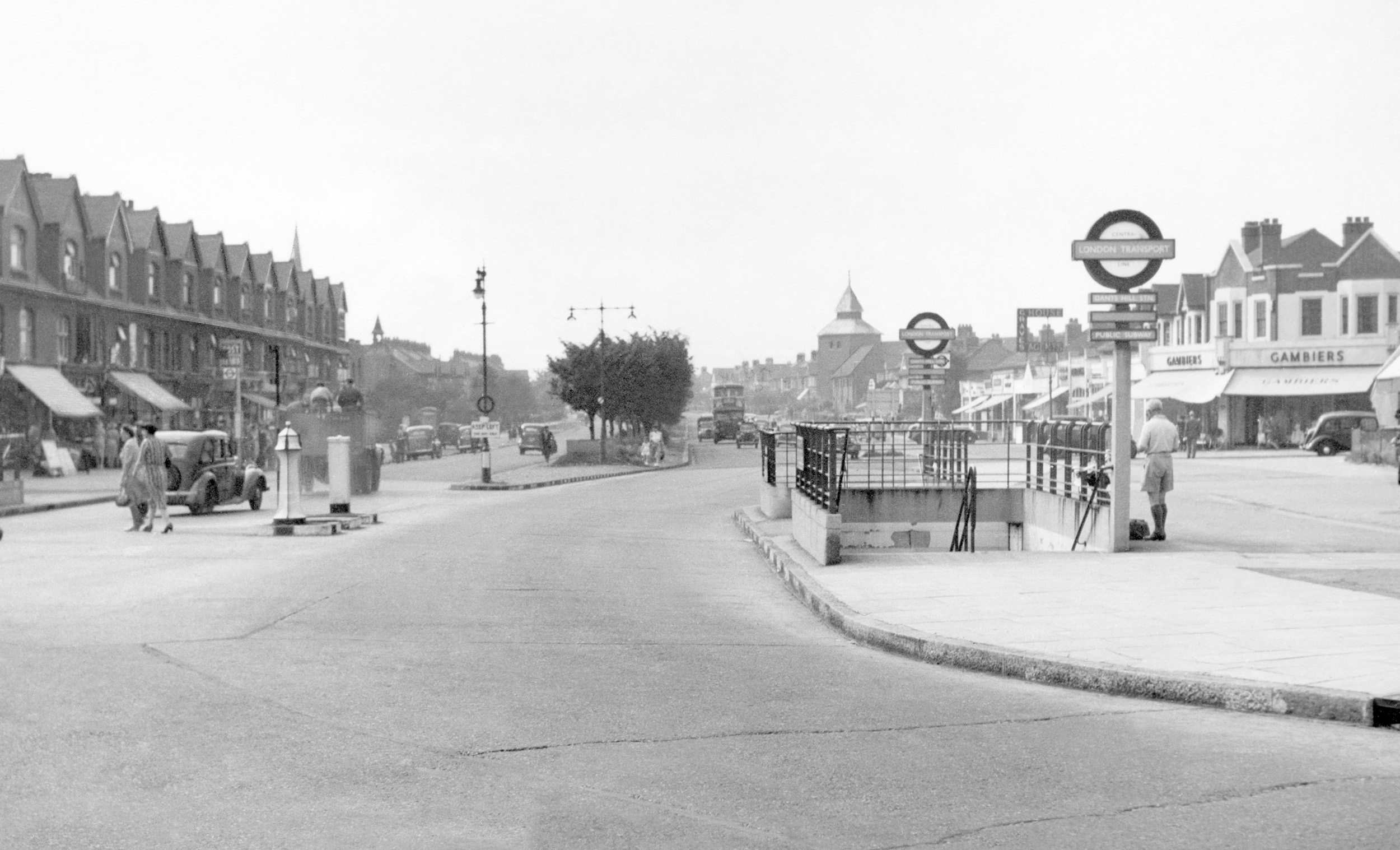Homes (Fitness for Human Habitation) Act Comes Into Force – 29 Hazards That A Landlord Needs To Know!.

March 20th 2019 – it’s a date that all landlords with properties to let need to know! It’s the day when The Homes (Fitness for Human Habitation) Act 2018 comes into force. From now on, the law will allow a tenant to take their landlord directly to court for failing to maintain standards at their property, which will then decide if the property is unfit for human habitation.
What this simply means is that “a defect” should not be present that makes a property unfit to live in for its tenant. New, stiffer penalties for failing to maintain standards could see landlords facing a fine of up to £30,000, a conviction, and a ban imposed to prevent the renting out of any properties in the future.
The new legislation amends the Landlord and Tenant Act 1985, with the specific aim of ensuring that all private houses or flats to rent in England are up to the required standard by updating the ‘fit for human habitation’ test. The new Act also amends the Building Act 1984 and the “liability” for any work carried out on a residential property that is not compliant with Building Regulations.
What is the ‘fit for human habitation’ test?
Originally itemised in 2006 to enable local authorities identify unacceptable conditions in the private rented sector, there are 29 hazards listed in the Housing Health and Safety Rating System (HHSRS) that determine whether a house is “fit for human habitation”.
Each hazard is assessed and classed separately as either a serious and immediate threat to a tenant’s health and safety or a less serious and urgent risk.
1 Damp and mould growth
Allergies, asthma, effects of toxins due to mites, mould or fungus, damp and humid conditions.
2 Excess cold
A cause of respiratory conditions, such as flu, pneumonia and bronchitis or cardiovascular conditions, including heart attacks and strokes. A healthy indoor temperature is 18C to 21C.
3 Excess heat
High indoor temperatures leading to dehydration, trauma, stroke, cardiovascular and respiratory conditions.
4 Asbestos and MMF
Asbestosis and damage to lungs / lung linings caused by exposure to asbestos fibres. Damage to skin, eyes and lungs from Manufactured Mineral Fibres (MMF).
5 Biocides
Risk of inhaling, skin contact or swallowing of chemicals used to treat timber and mould growth.
6 Carbon Monoxide and fuel combustion products
Dizziness, nausea, headaches, disorientation, unconsciousness and breathing problems.
7 Lead
Poisoning, nervous disorders, mental health and blood issues from ingesting lead from paint, water pipes, soil and fumes from leaded petrol.
8 Radiation
Cancer from exposure to radon gas, primarily airborne but also dissolved in water, which increases by length of exposure.
9 Escaping fuel gas
Suffocation from fuel gas escaping into the atmosphere within a property.
10 Volatile organic compounds
Allergies, irritation to the eyes, nose and skin, headaches, nausea, dizziness and drowsiness caused by organic chemicals ( including formaldehyde) released as gas at room temperature from a wide variety of materials within the home.
11 Overcrowding and lack of space
Psychological distress and mental disorders, increased risk of hygiene issues, accidents and privacy compromised as a result of a lack of space for living, sleeping and normal family life.
12 Entry by intruders
Stress and anguish caused by fear of burglary dues to problems keeping a property secure against unauthorised entry.
13 Lighting
Eyestrain, depression and psychological effects due to glare or lack of natural light.
14 Noise
Psychological and physiological changes resulting from lack of sleep, poor concentration, headaches and anxiety due to exposure to noise within the property.
15 Domestic hygiene, pests and refuse
Stomach and intestinal disease, infection, asthma, allergies, disease from rats due to poor design, layout and construction making it hard to keep clean and hygienic. Inadequate and unhygienic provision for storing household waste attracts pests / vermin.
16 Food safety
Stomach and intestinal disease, diarrhoea, vomiting, stomach upset and dehydration from poor provision and facilities to store, prepare and cook food.
17 Personal hygiene, sanitation and drainage
Stomach and intestinal disease, skin infections and depression associated with personal hygiene, including personal and clothes washing facilities, sanitation and drainage.
18 Water supply
Dehydration, fatigue, headaches, dry skin, bladder infections and legionnaires disease from contamination by bacteria, parasites, viruses and chemical pollutants due to sub-standard quality of water supply for drinking, cooking, washing and sanitation.
19 Falls associated with baths
Physical injuries such as cuts, lacerations, swellings and bruising associated with a bath, shower or similar facility.
20 Falls on the level surfaces
Physical injuries, including bruising, factures, head, brain and spinal injuries caused by falls on any level surface such as floor, yards and paths, including falls associated with steps, thresholds or ramps where the change in level is less than 300mm
21 Falls associated with stairs and steps
Includes bruising, factures, head, brain and spinal injuries associated with internal or external stairs and ramps where the change in level is greater than 300mm. Includes access to the property and to shared facilities or means of escape from fire and falls over stairs, ramp or step guarding.
22 Falls between levels
Injuries caused by falls from one level to another inside or outside a dwelling where the difference is more than 300mm, such as balconies, landings or from windows.
23 Electrical hazards
Electric shock and electricity burns.
24 Fire
Includes injuries caused by clothing catching fire, burns and smoke inhalation.
25 Flames, hot surfaces and materials
Burns, scalds, permanent scarring as a result of contact with a hot flame or fire, hot objects, liquids, vapours and non-water based liquids.
26 Collision and entrapment
Risks of physical injuries, such as cuts and bruising from limbs trapped in architectural features such as fingers in doors and windows, and colliding with objects such as windows, doors and low ceilings.
27 Explosions
Physical injuries, crushing, bruising, puncture, fractures, head, brain and spinal injuries. Plus risk of debris generated by the blast and from partial or total collapse of a building as a result of an explosion.
28 Ergonomics
Strain and sprain injuries associated with functional space and other features of the interior space.
29 Structural collapse and falling elements
Including part of the fabric being displaced or falling due to inadequate fixing, disrepair or caused by adverse weather conditions.
Property inspections and defect repairs
Compliance with the new Act is straightforward. A landlord or appointed property managers should carry out a thorough photograph-based inspection at the start, mid-term and the end of a tenancy. Any issue reported by the renter during their tenancy, should ideally also be put into writing with accompanying photographs, and quickly remedied.
It is often pointed out by landlords that they do not always have knowledge of a defect at their property while it is occupied by a tenant. Therefore they cannot be held responsible. Under section 11 of the Landlord and Tenant Act, a tenant still needs to notify the landlord of any disrepair or poor conditions, and allow access to the property for the damage to be inspected.
Once notified, the landlord should be given reasonable time to repair internal defects, but external defects should be attended to immediately. Under the terms of the new Act, a tenant cannot simply pursue a legal action without showing the relevant hard evidence at a court hearing. A landlord cannot be held responsible if the defect was caused by the tenant, flood, or other catastrophic weather events.
All new tenancies and tenancy renewals
Landlords should note that all new tenancies and tenancy renewals that begin on or after 20th March 2019 are affected, and includes statutory periodic tenancies that come into force on or after this date. The legislation will eventually be applied to all secure, assured, assured shortholds and tenancies of less than seven years duration.
The private rental sector is rapidly expanding and the number of household tenancies is anticipated to rise to 5.79m (24 per cent) by 2021, according to YouGov, 2017. Coupled with ‘housing related’ health problems currently costing the NHS an estimated £1.4bn a year, pressure is mounting on landlords and property agents to get their “houses in order” and ensure they are fit for habitation or face prosecution by their tenants.

